Not everything that can be counted counts, and not everything that counts can be counted.
So said William Bruce Cameron (or Albert Einstein, depending on your source)
Business owners and marketers count a lot these days: Twitter followers, site visits, conversion rates, email opens, CPM. All great data that leads to insight and action.
But not everything that counts can be counted. You need to learn how to listen to your intuition. (Tweet this!)
Now, I’m not getting all woo woo here. I’m talking about sound business sense. If you have any life experience whatsoever and you have expertise in your field, you can sometimes smell a rat or spot an opportunity without really knowing why.
Knowing is in your head. Knowing is facts, data and experience.
Intuition is your “Spidey Sense”. It’s knowing without really knowing WHY – it just IS.
And I submit to you that your intuition or “gut feel” is often based on the collective facts, data and experience you already have. But it expresses itself through your heart.
Of course, there will be business decisions you need to make based on solid facts. But my good friend, Andrea Rae coaches many entrepreneurs that listening to your body is just as important as logically thinking through tough decisions.
So where do you start?
Andrea teaches that the first step is to discern your Inner Yes and No.
You already do this: When you look at a restaurant menu, you peruse it and think about what you’d like to eat and usually go with what you ‘feel’ like having.
The way to listen to your intuition is by tuning into your body. “When we tune into the sensations in our bodies,” says Andrea, “we might notice a tightening in the chest or stomach, a contracted feeling indicating we really don’t like that choice, or that the choice is not resonating. Or we might get a calm, peaceful even excited feeling in the body when we think about that option. ”
When you’re faced with a decision, close your eyes and get into your heart space. Breathe. Shut off your monkey mind for a minute. Then, turn your decision into a “yes” or “no” question and tune into your body, taking notice of how your body reacts. Does you chest or stomach tighten or do your muscles constrict? Or do you feel calm, lightness or excitement?
Some examples of how to apply this to your business:
- Should I take on this client? If someone is unorganized, late, and high-maintenance from the very first interaction, how does that make you feel? My motto is that, unless there are extreme circumstances, most things finish as they start. Pay attention if your gut is telling you to let this one go.
- Should I partner with this company? If a potential partnership keeps you awake at night, wondering if you’re getting “screwed” or you just don’t trust something in their voice and demeanor, pay attention. Your subconscious could be trying to remind you of a past similar that ended badly.
- Should I do this? If you are constantly putting off a marketing or business task, such as blogging or networking, and the thought of it makes your stomach hurt, explore this resistance. Yes, it could be because you’re outside of your comfort zone but look deeper. Will it actually move you toward your goals? Is it really that important? I find that if I keep putting something off, it’s for a reason. So I either face the challenge, take it off my to-do list or outsource it. At least you will move the ball forward!
- Do I want to invest? If a sales pitch or webinar invitation makes you feel “icky,” pay attention to this reaction. I get this feeling when I see ads for “Secrets to a Six-Figure Business!” or “Manifest Your Ideal Clients NOW!” Is this really the right style and approach for you? Can you trust this person? Maybe someone else who comes at this from a different angle would serve you better.
Andrea shares 3 tips to get better at tuning in to your intuition:
- Spend some time in meditation, connecting to the heart, body and energetic boundaries, and practicing your yes and no response with simple questions to which you already know the answer. Focus on the body sensations. Observe, don’t think and analyze.
- Journal about the areas in your life where you honor your inner communication and where you do not. What are your blocks to listening to inner guidance? Download this free guided meditation.
- Find time during the day to stop before automatically doing something. Stop and ask yourself if this is what you want to do. Notice the information that reveals itself. Ask yourself questions. Your body sensations will communicate simple yes and no answers if you just pay attention
Yes, gather all the data and information you can to make a good decision. But at the end of the day, you have to feel good about making that decision.
Image Credit via Flickr



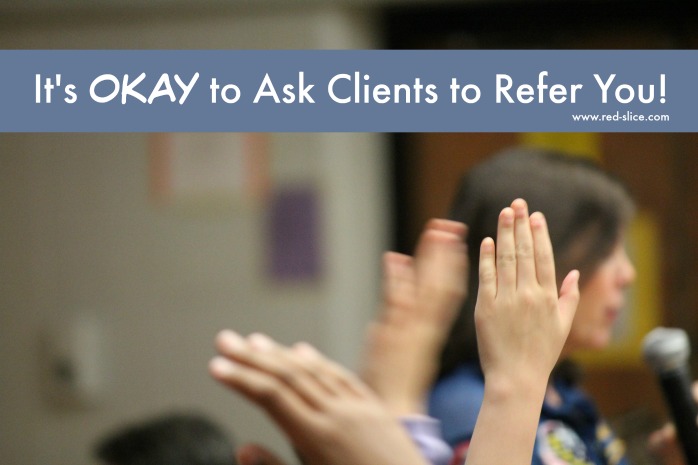
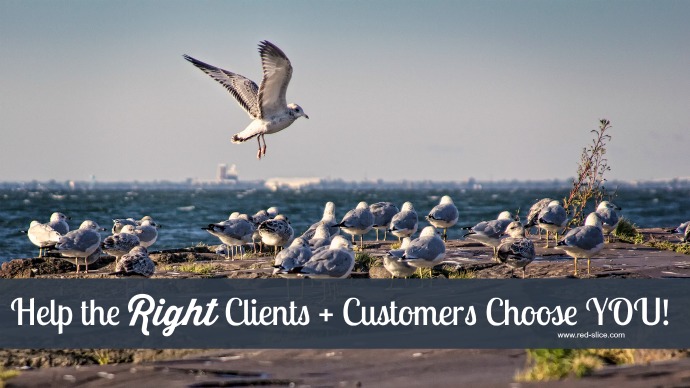

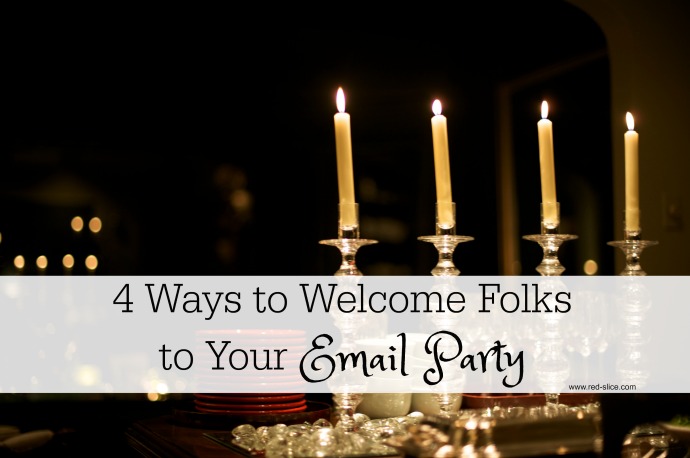
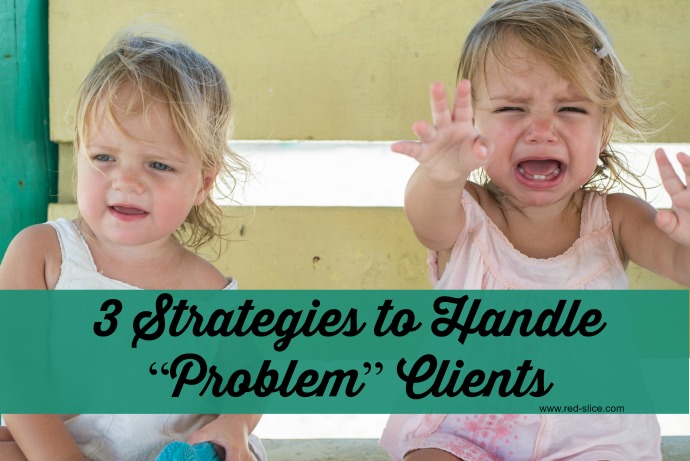


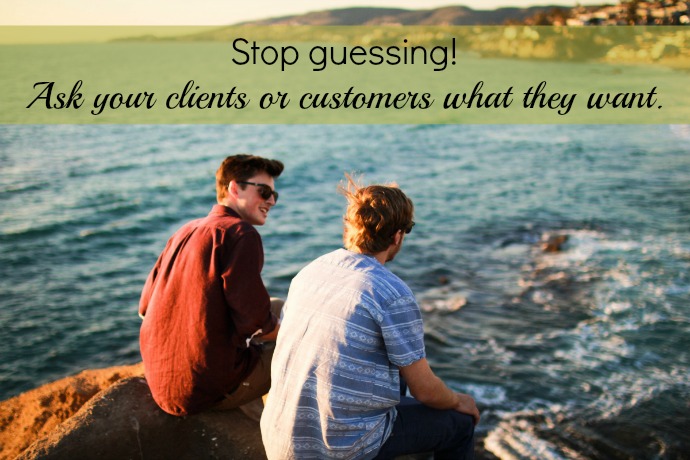 There I was, working on an exciting new program for my audience. And I was struggling for words.
There I was, working on an exciting new program for my audience. And I was struggling for words.
